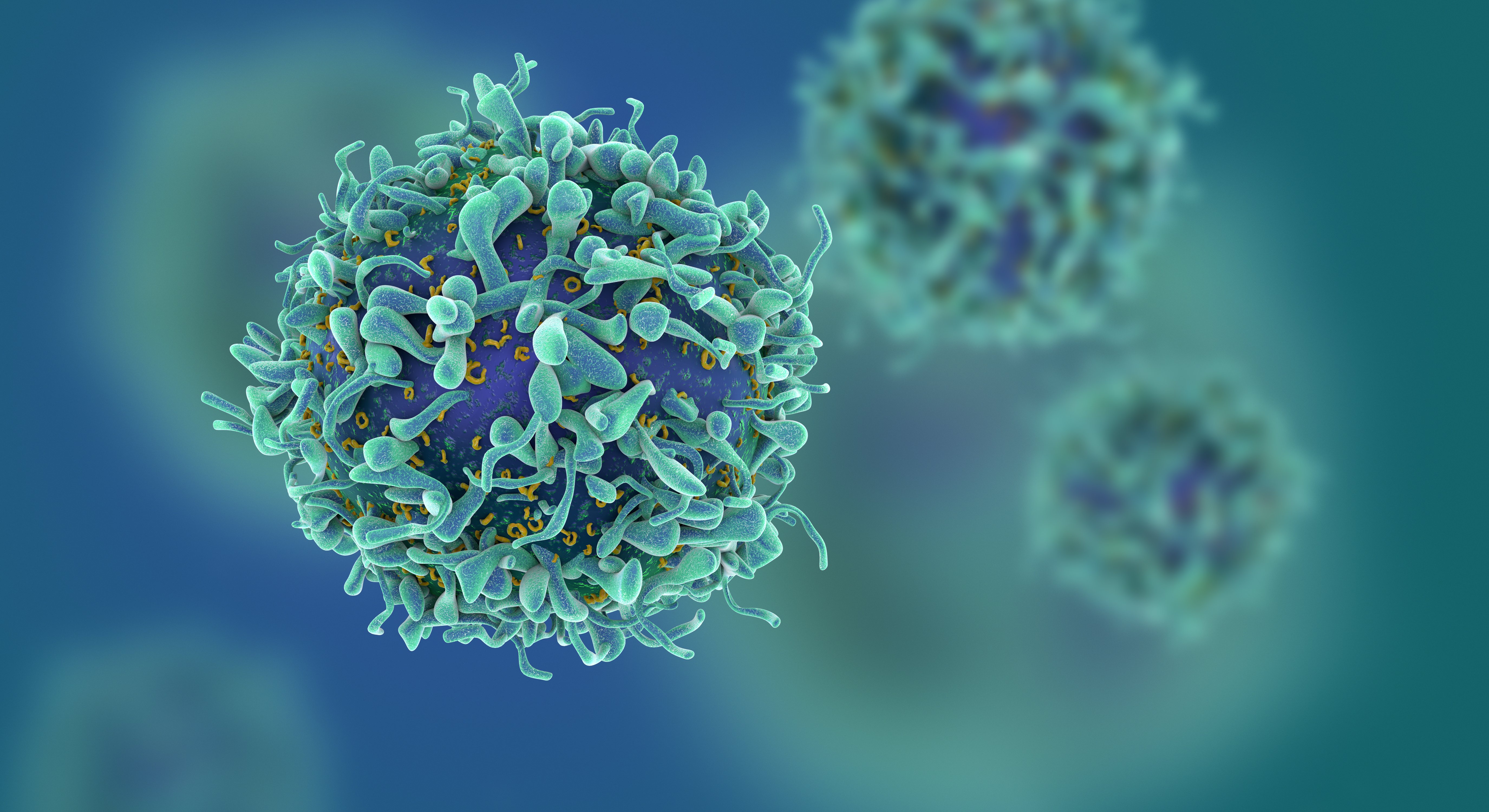
In recent years, epigenetics has emerged as one of the most exciting areas of modern sci...
Apr 1, 2025

Cancer remains one of the leading causes of mortality worldwide, driving the demand for ...
Mar 31, 2025

The field of neurology is advancing at an incredible pace, driven by cutting-edge resear...
Mar 13, 2025

Introduction In today’s rapidly evolving biotechnology and pharmaceutical landscape, Hig...
Mar 6, 2025

The pharmaceutical industry is witnessing rapid transformation driven by technological a...
Mar 3, 2025

The number of people with Alzheimer’s disease (AD) is skyrocketing, and better diagnosti...
Feb 11, 2025

In the rapidly evolving landscape of biotechnology and medical research, laboratory anim...
Jan 6, 2025

In recent years, the landscape of drug development has been transforming rapidly, with b...
Dec 31, 2024

Rare diseases, affecting a small percentage of the population, often present significant...
Dec 26, 2024

Softgel capsules, a popular form of oral dosage, are widely used across pharmaceutical, ...
Dec 23, 2024

The demand for herbal medicine is expanding fast as they have no side effects

Ozempic, Ozempic, Ozempic. Love it or hate it, it’s out there and popular. The

Melanoma is the most dangerous form of skin cancer. It is the fifth most common

The global market for myasthenia gravis treatments is anticipated to grow as a

Chagas disease, also known as American trypanosomiasis, is a stealthy and often

Global Markets for Vaccine Technologies are all about how different methods and

Advanced Drug Delivery Systems encompass a wide array of technologies designed

Prostate cancer is a critical frontier in the ongoing effort to protect men's

In the dynamic landscape of healthcare, the demand for accessible and

In the expansive realm of pharmaceuticals, within the vast field of

Our members get more out of BCC Research. Understand the exact value that our flexible memberships provide, including unlimited report access from the collections of your choice and direct input into our selected research topics.

Work side-by-side with our global network of industry analysts and consultants to drive tangible, personalized results for your business. Expect detailed, comprehensive coverage tailored to your exact needs. Contact a member of our team today.

We pride ourselves on the quality of our market research reports. Our experienced team of analysts strive to continuously explore the latest technologies and developments emerging across all key categories covered at BCC Research. Browse our range of research reports today.

We are your trusted research partner, providing actionable insights and custom consulting across life sciences, advanced materials, and technology. Allow BCC Research to nurture your smartest business decisions today, tomorrow, and beyond.
Contact UsBCC Research provides objective, unbiased measurement and assessment of market opportunities with detailed market research reports. Our experienced industry analysts assess growth opportunities, market sizing, technologies, applications, supply chains and companies with the singular goal of helping you make informed business decisions, free of noise and hype.